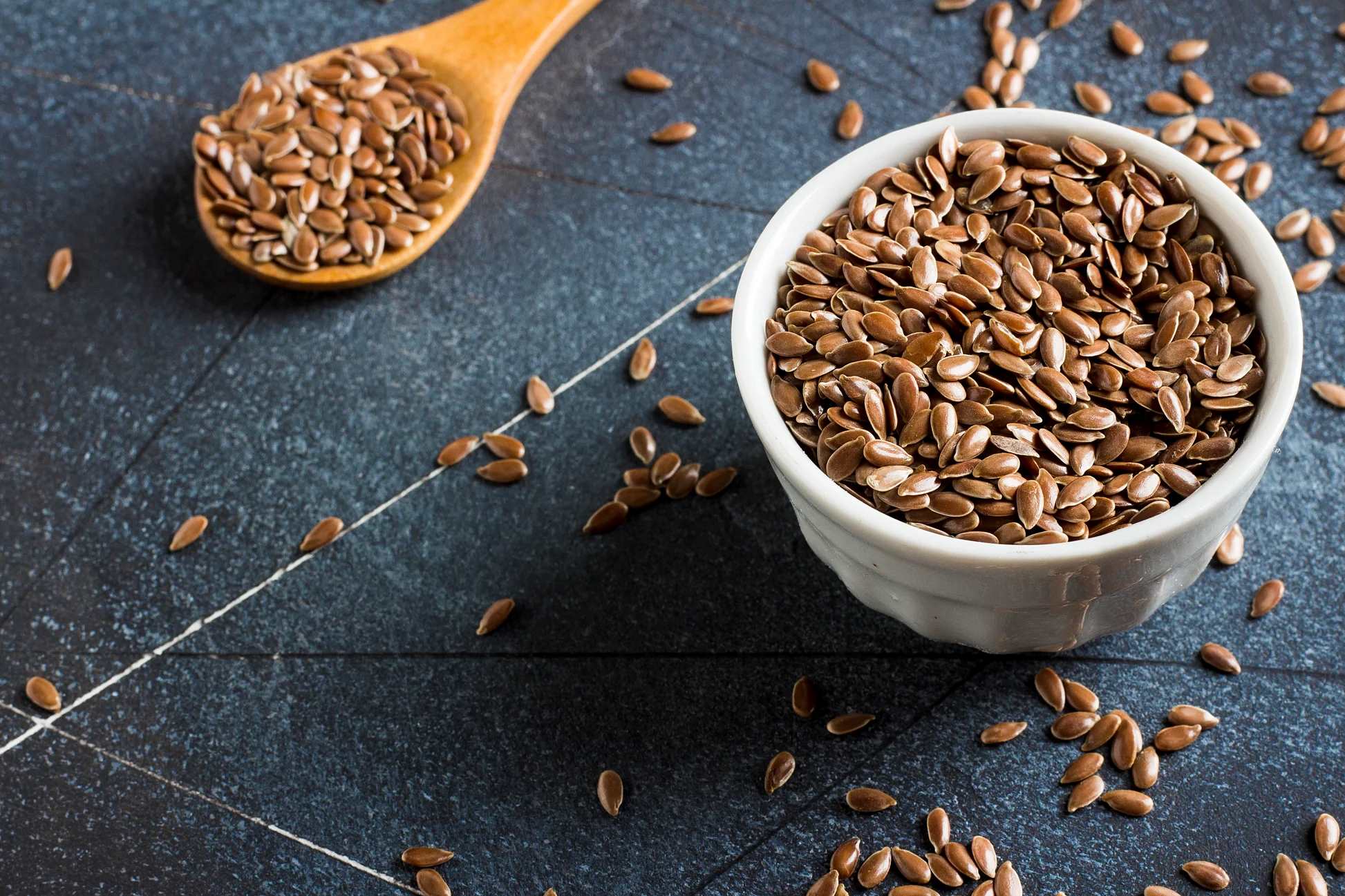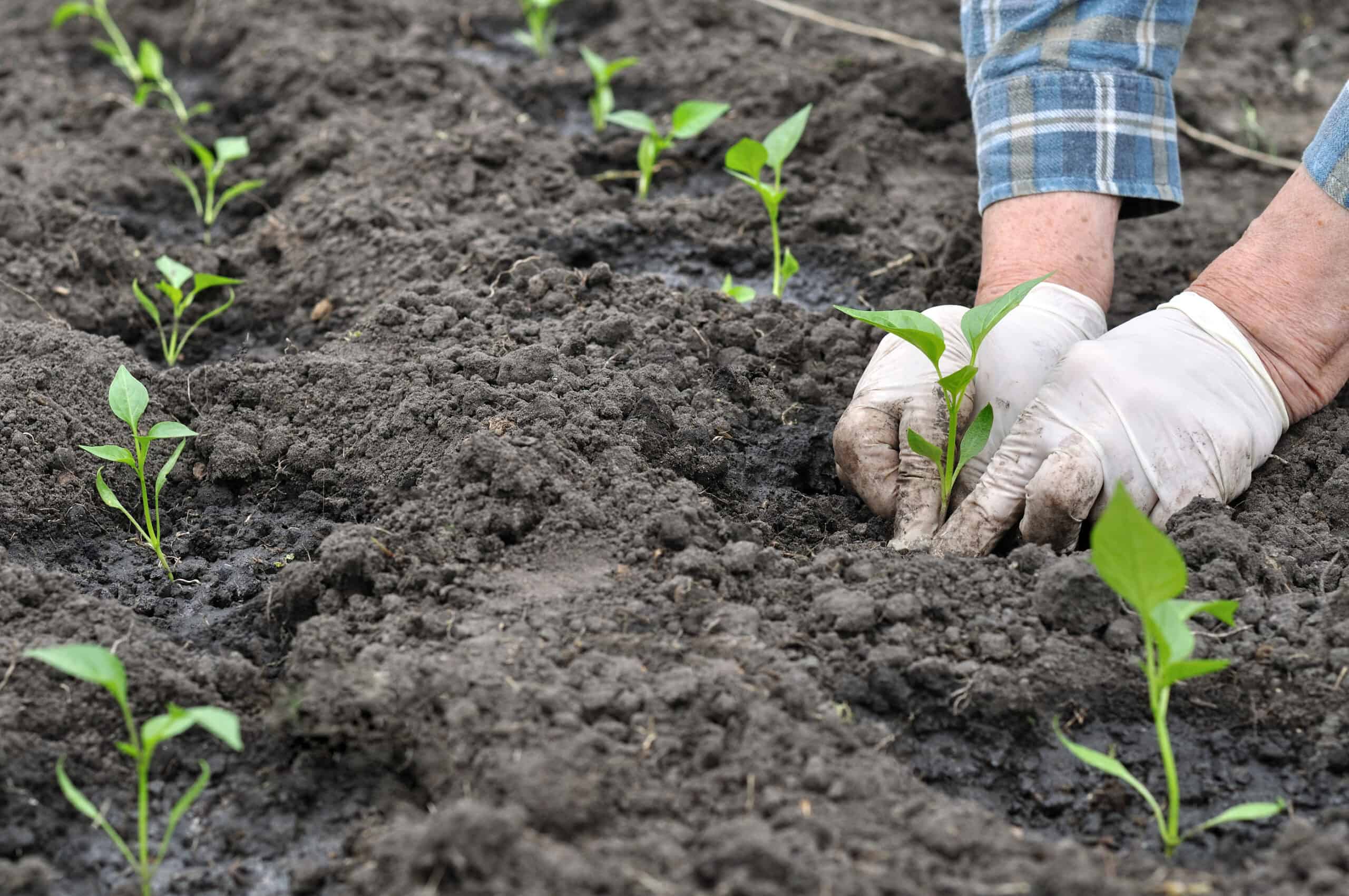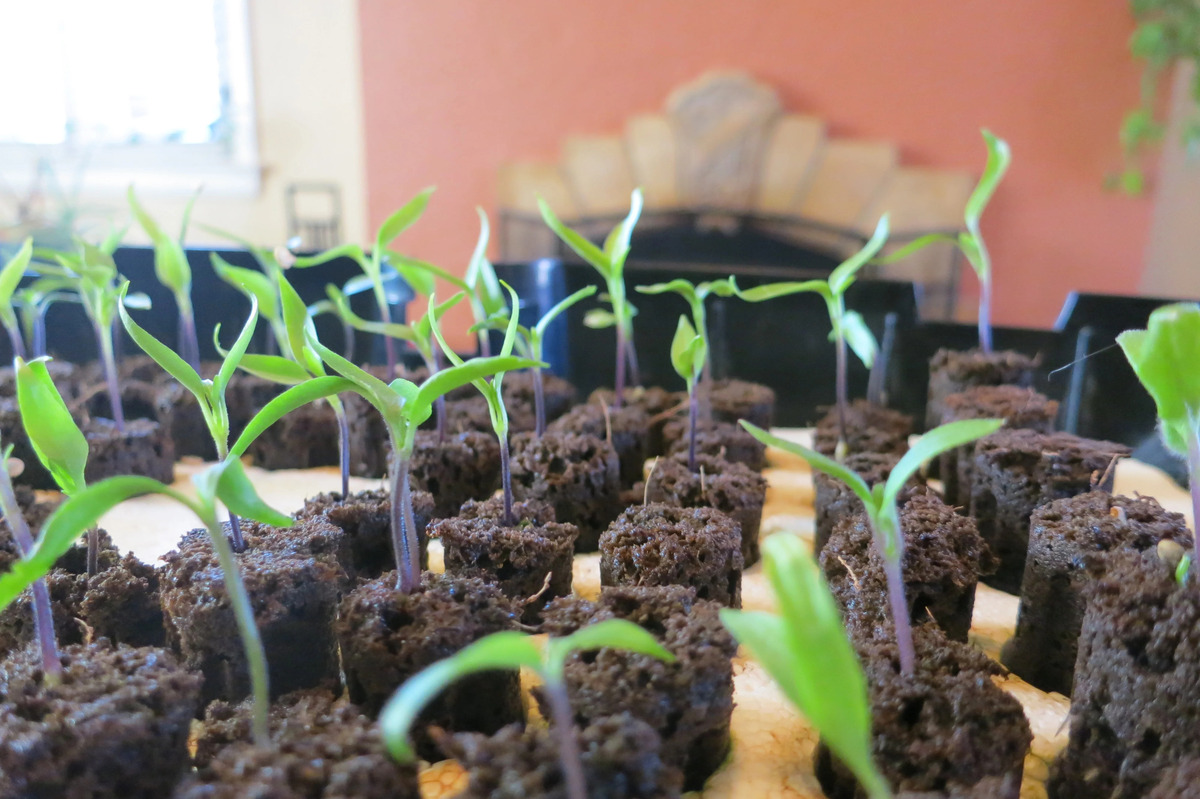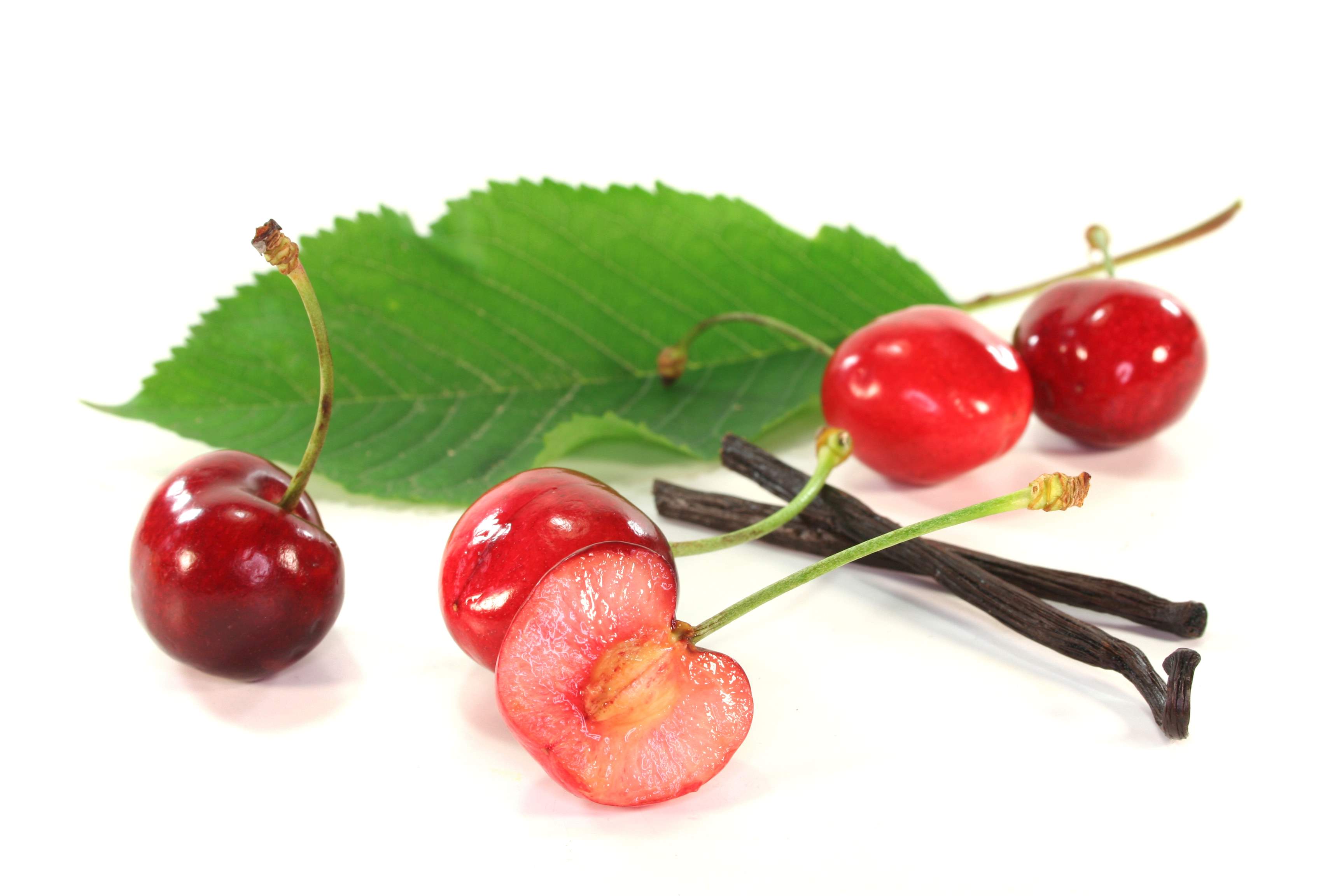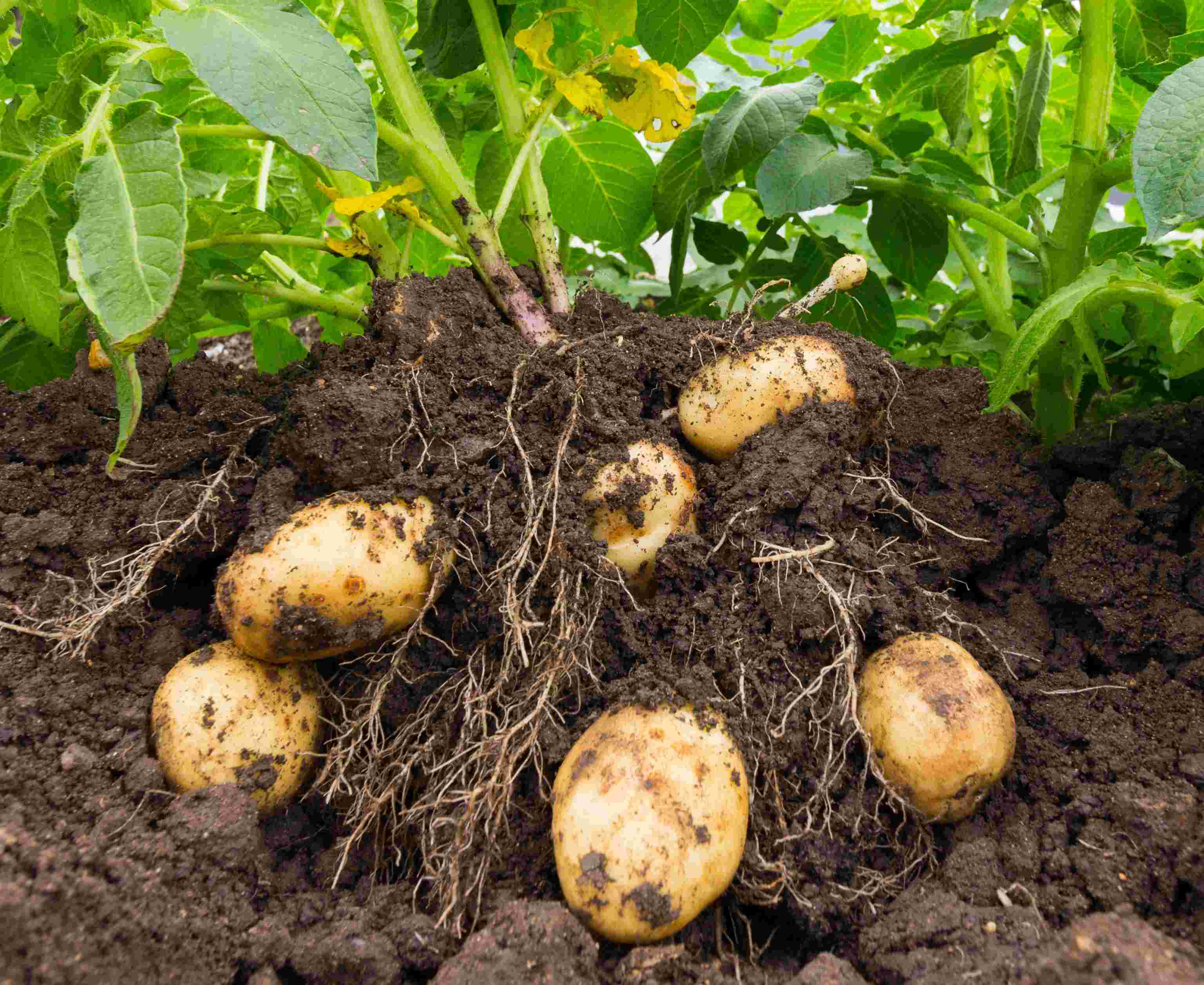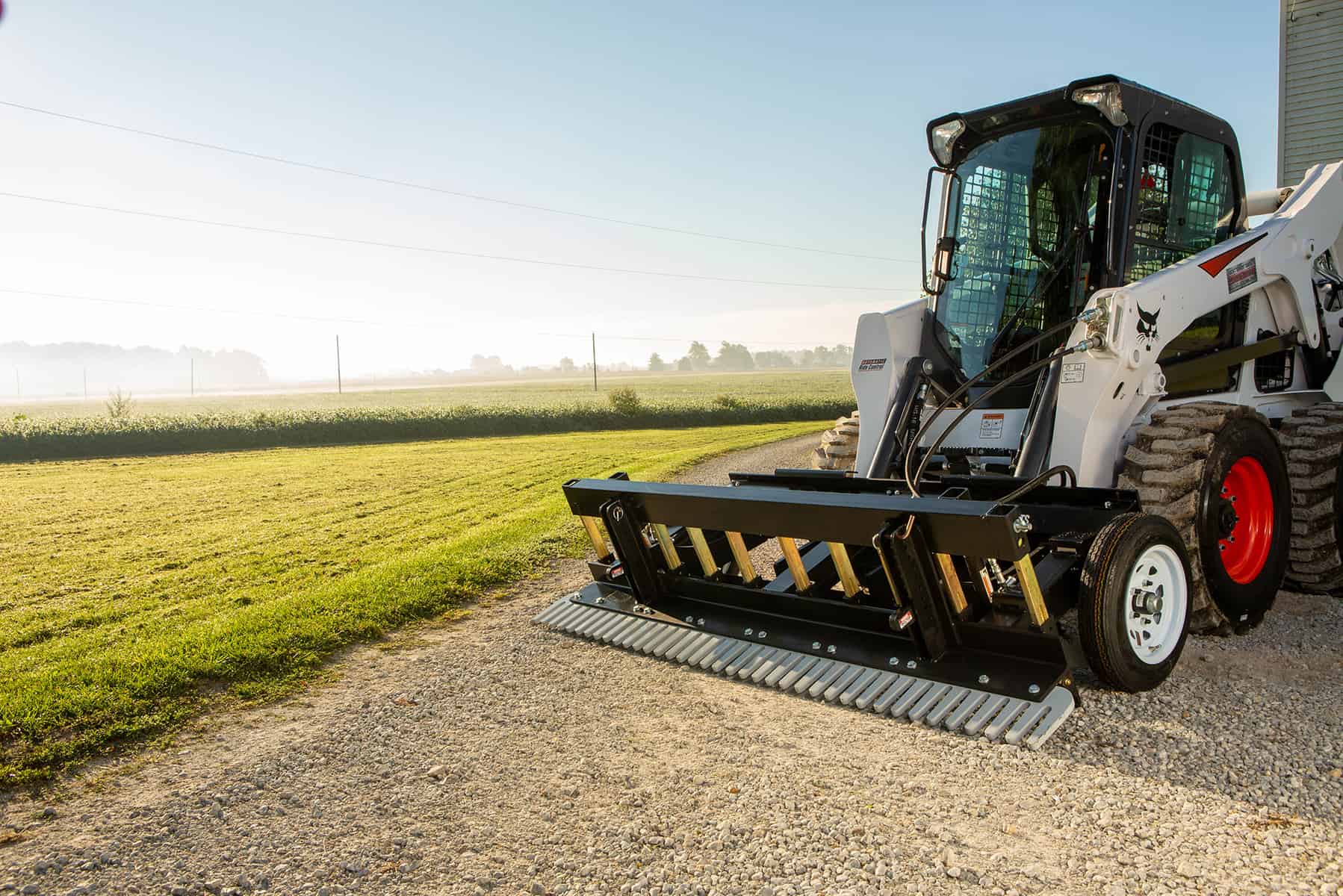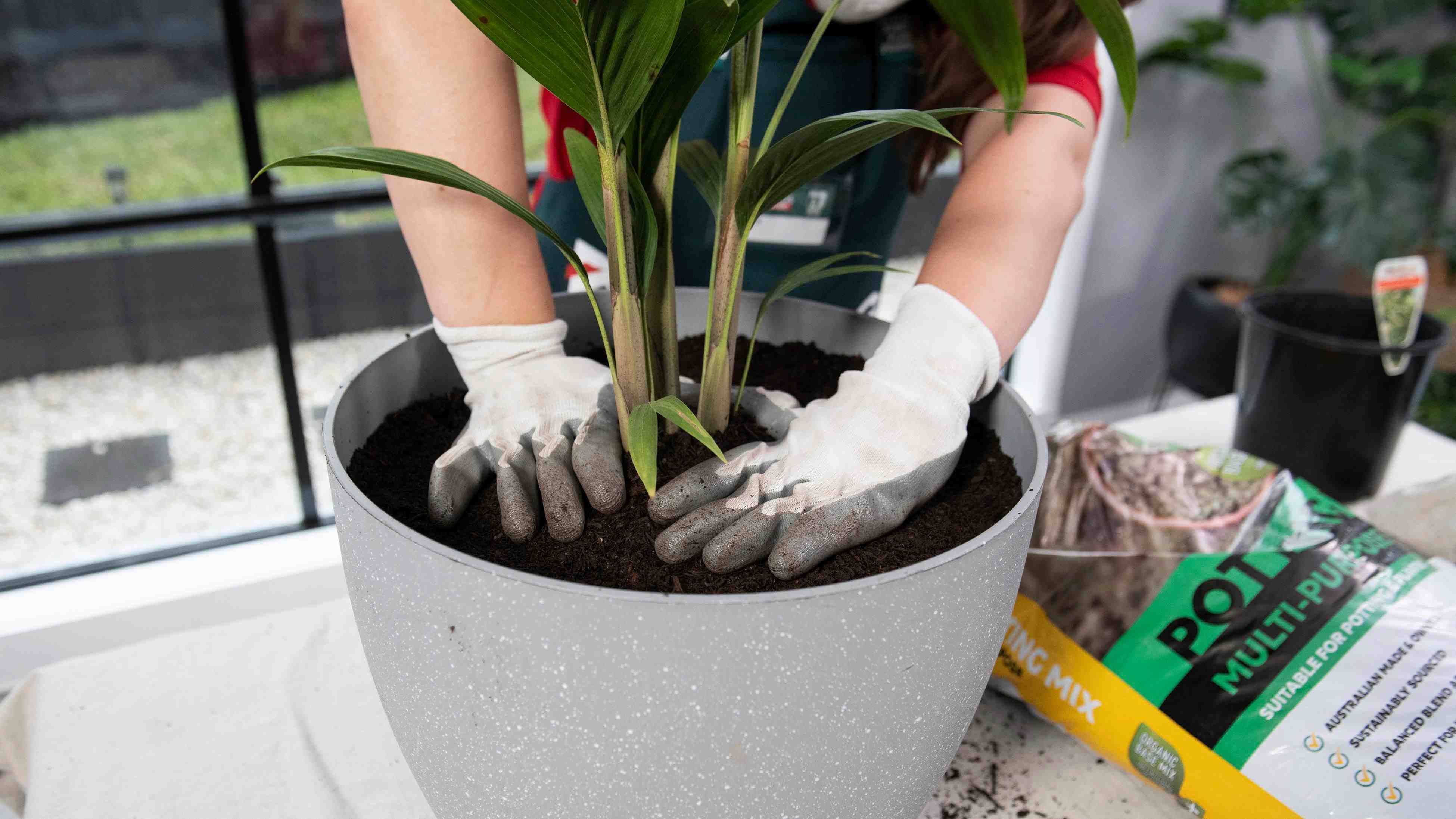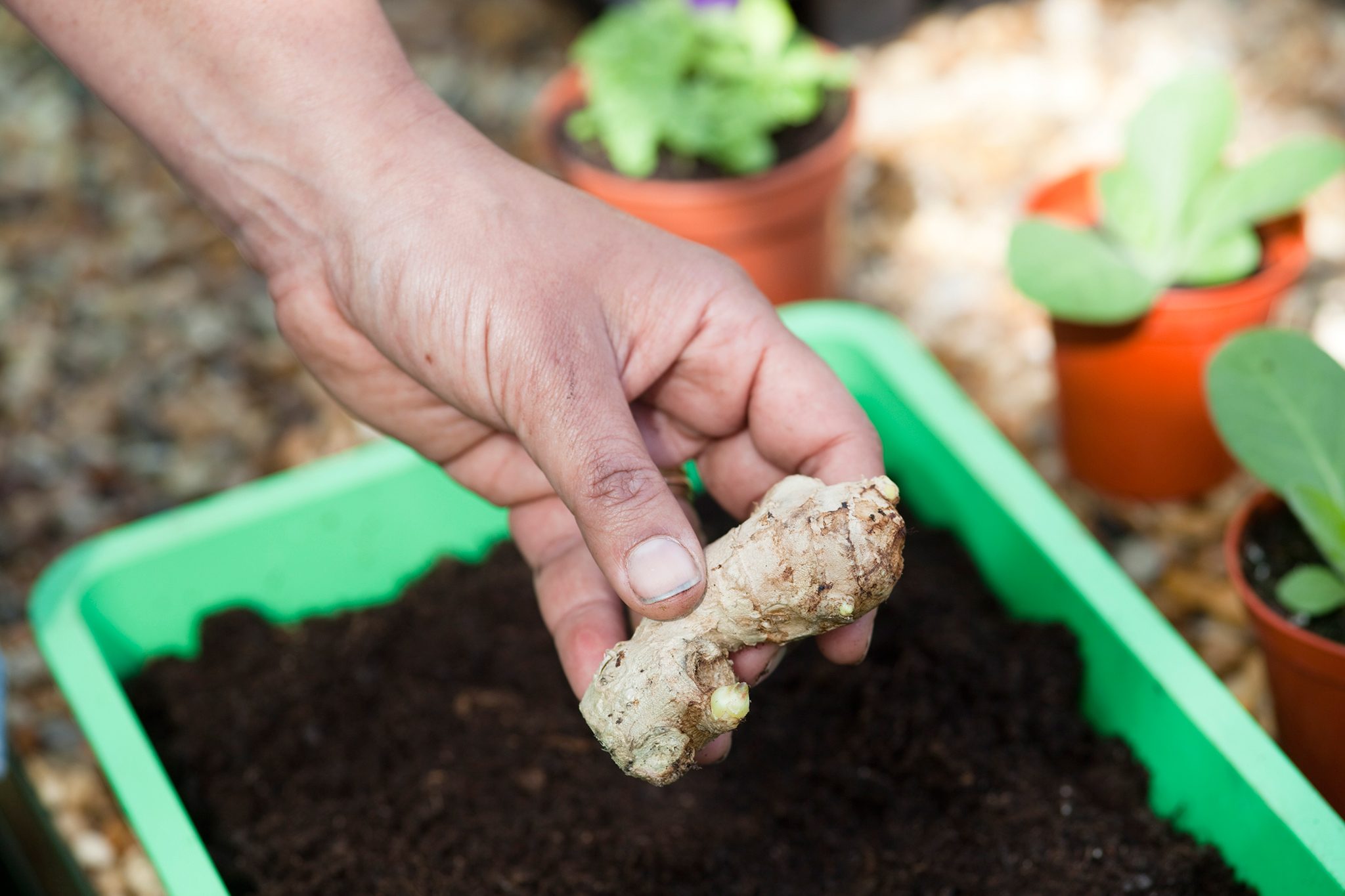Home>Types of Gardening>Edible Gardening>How To Prepare Green Pepper Seeds For Planting


Edible Gardening
How To Prepare Green Pepper Seeds For Planting
Modified: February 9, 2024
Discover the best way to prepare green pepper seeds for planting in your edible garden. Get expert tips on how to ensure successful germination and healthy plant growth.
(Many of the links in this article redirect to a specific reviewed product. Your purchase of these products through affiliate links helps to generate commission for Chicagolandgardening.com, at no extra cost. Learn more)
Table of Contents
Introduction
Welcome to the exciting world of edible gardening! There’s nothing quite like the satisfaction of growing your own vegetables, and one popular choice for any garden is green peppers. Not only are they delicious and versatile, but they also add a pop of vibrant color to your plate.
In this article, we’ll guide you through the process of preparing green pepper seeds for planting. From selecting the right seeds to caring for the seedlings, you’ll learn everything you need to know to have a successful green pepper harvest. So let’s dive in!
Green pepper seeds, also known as bell pepper or sweet pepper seeds, come in various varieties, each with its own unique flavor profile and growth habits. Before you get started, it’s important to select the right seeds for your garden. Consider factors such as the size of the plant, its yield, and the length of the growing season.
Once you have your green pepper seeds, it’s essential to clean and prepare them before planting. This step helps to remove any debris and potential pathogens, ensuring that your seeds have the highest chance of germination. We’ll show you how to do this effectively and efficiently.
Pre-sprouting is an optional but beneficial step in the green pepper seed preparation process. By pre-sprouting your seeds, you can accelerate the germination process and increase the overall success rate. We’ll walk you through the simple pre-sprouting technique that will give your seeds a head start.
Planting your prepared green pepper seeds is an exciting moment in the gardening journey. We’ll cover the best techniques for planting, including proper spacing, soil preparation, and watering. Whether you choose to plant them indoors or directly in the garden, we’ve got you covered.
Once your green pepper seeds have sprouted and developed into seedlings, proper care is essential for their healthy growth. We’ll provide you with tips on watering, fertilizing, and preventing common pests and diseases. With the right care, your green pepper seedlings will thrive and yield flavorful peppers.
Finally, we’ll guide you through the process of transplanting your green pepper seedlings from pots to the garden. This step is crucial for ensuring that your plants have enough space to grow and access to essential nutrients. We’ll share the best practices to ensure a successful transplanting process.
By following our comprehensive guide, you’ll be well-equipped to prepare green pepper seeds for planting and enjoy a bountiful harvest. So let’s get started and embark on a delicious and rewarding journey into the world of edible gardening!
Selecting Green Pepper Seeds
When it comes to selecting green pepper seeds, it’s important to consider the specific variety that best suits your gardening needs. Green peppers come in various shapes, sizes, and flavors, so you’ll want to choose a variety that aligns with your preferences and growing conditions.
Firstly, think about the size of the pepper plant you’re aiming for. Some varieties, like the bell pepper, produce large, blocky fruits, while others, like the banana pepper, yield slender, elongated peppers. Consider the available space in your garden and choose a variety that fits well with your desired plant size.
Another factor to consider is the color of the peppers. Green peppers are picked when they’re unripe, but they will eventually mature and change color. If you prefer to harvest green peppers, opt for a variety that yields green fruits, but if you like a bit of variety and enjoy peppers of different colors, choose a variety that matures into red, yellow, or orange peppers.
The flavor profile of the peppers is another important consideration. Some varieties have a mild, sweet taste, while others are spicier or have a tangy flavor. Think about your personal preferences and the culinary uses you have in mind for the peppers when selecting the variety.
Furthermore, consider the length of the growing season in your region. Some green pepper varieties thrive in cooler climates with shorter growing seasons, while others require a longer growing period to reach maturity. Be sure to choose a variety that is suitable for your specific climate and the length of your growing season.
Lastly, take into account the disease resistance of the green pepper variety you’re considering. Certain varieties have been bred to be more resistant to common pests and diseases, which can help increase the success rate of your crop. Check the seed packet or do some research to ensure you choose a disease-resistant variety.
When selecting green pepper seeds, it’s a good idea to read seed catalogs, consult with local nurseries, or even connect with fellow gardeners to gather information and recommendations. By considering factors such as plant size, color, flavor, growing season, and disease resistance, you’ll be able to make an informed decision and select the perfect green pepper seeds for your garden.
Cleaning and Preparing Green Pepper Seeds
Before planting green pepper seeds, it’s essential to clean and prepare them properly. This step helps remove any debris, pathogens, or substances that might inhibit germination. Following these simple steps will give your seeds the best chance to sprout and grow into healthy plants.
Start by gently removing the seeds from the mature green peppers. Cut open the pepper and scoop out the seeds using a spoon. Place the seeds in a colander or sieve and rinse them thoroughly under cool running water. This will help remove any pulp or residue from the seeds.
After rinsing, fill a bowl with lukewarm water and add a small amount of dish soap. Swirl the seeds in this soapy water for a few minutes. The soap will help break down any remaining debris, oils, or coatings on the seeds. Afterward, drain the soapy water and rinse the seeds again with clean water.
Next, it’s time for a disinfection step to eliminate any potential pathogens. Prepare a disinfecting solution by mixing one part household bleach with nine parts water. Place the seeds in a sieve and submerge them in the disinfecting solution for about five minutes. This step helps reduce the risk of diseases and fungal infections in your seedlings.
After disinfection, rinse the seeds thoroughly with clean water to remove any traces of the bleach solution. Be extra careful not to damage or crush the seeds during this process. Once rinsed, spread the seeds out on a clean paper towel or tray to dry. Make sure to separate any clumps of seeds to allow for proper airflow and drying.
Drying is an essential part of the seed preparation process. Leave the seeds in a well-ventilated area away from direct sunlight until they are completely dry. This can take anywhere from a few days to a week, depending on the humidity levels in your area. Avoid rushing this step, as moisture in the seeds can lead to fungal growth or rot.
Once the seeds are thoroughly dry, transfer them to a clean, dry envelope or airtight container. Label the container with the seed variety and the date. Store the seeds in a cool, dark, and dry place until you’re ready to plant them. Properly stored, green pepper seeds can remain viable for several years.
By following these cleaning and preparation steps, you’ll ensure that your green pepper seeds are free from debris and pathogens, promoting successful germination and healthy seedlings. Take your time, be thorough, and enjoy the anticipation of watching your green pepper seeds grow into beautiful plants.
Pre-Sprouting Green Pepper Seeds
Pre-sprouting, also known as germinating or chitting, is an optional but highly beneficial step in preparing green pepper seeds for planting. By pre-sprouting your seeds, you can give them a head start in the germination process and increase the overall success rate of your seedlings.
To pre-sprout green pepper seeds, start by dampening a paper towel or a piece of sterile cotton cloth. Place the seeds on one half of the dampened cloth and fold the other half over the top, covering the seeds completely. This creates a moist environment for the seeds to germinate.
Next, transfer the folded cloth with the seeds to a sealable plastic bag or a covered container to maintain moisture. Label the container with the seed variety and the date to keep track of the pre-sprouting process. Place the container in a warm location with a consistent temperature between 70-85°F (21-29°C).
Check the seeds daily to monitor their progress. Within a week, you should start to see small roots emerging from the seeds. Once the roots are around 1/4 to 1/2 inch long, the seeds are ready for planting. If any seeds fail to germinate, discard them and focus on the ones that have sprouted.
When pre-sprouted, the seeds can be planted with their roots carefully placed into the growing medium. This will allow them to establish roots more quickly, providing a boost to their overall growth and development.
Pre-sprouting has several advantages. It helps identify viable seeds that might not have germinated if directly planted in the soil. It also speeds up the germination process, reducing the waiting time for seedlings to emerge. Additionally, pre-sprouted seeds have a higher chance of successful germination, as their initial root development is already underway.
However, it’s important to handle pre-sprouted seeds with care to avoid damaging the delicate roots. Gently transfer the sprouted seeds, along with the attached roots, into the planting medium, ensuring the roots are placed below the surface. Take care not to break or disturb the emerging roots during the planting process.
While pre-sprouting is not necessary for successful green pepper cultivation, it can significantly improve the germination rate and early growth of your seedlings. The additional time and effort invested in pre-sprouting can lead to stronger, healthier plants that are more resistant to environmental stressors.
Experiment with pre-sprouting your green pepper seeds and enjoy the satisfaction of seeing your seedlings emerge more quickly and robustly than ever before.
Planting Green Pepper Seeds
Planting green pepper seeds is an exciting step in the journey towards a bountiful pepper harvest. Whether you choose to start the seeds indoors or directly sow them in the garden, careful preparation and proper techniques are key to successful germination and healthy plant growth.
If you decide to start your green pepper seeds indoors, begin the process about 8 to 10 weeks before the last frost date in your area. Fill seed trays or small pots with a high-quality seed-starting mix that provides good drainage. Moisten the mix with water before planting.
Make small indentations in the prepared soil, about ¼ inch deep. Place two to three green pepper seeds in each indentation. Cover the seeds with a thin layer of seed-starting mix and lightly pat it down. Give the planted seeds a gentle misting of water to dampen the soil again.
Keep the seed trays or pots in a warm location, maintaining a consistent temperature between 70-85°F (21-29°C). Ensure that the soil remains evenly moist but not soaking wet. Consider using a seedling heat mat or placing the trays on top of a warm surface to promote germination.
If you prefer to sow the green pepper seeds directly in the garden, wait until all danger of frost has passed and the soil temperature has warmed to at least 65°F (18°C). Choose a sunny location with well-draining soil. Loosen the soil to a depth of 8-12 inches and remove any weeds or debris.
Plant the seeds in rows or individual holes, spacing them about 12-18 inches apart. Place the seeds about ¼ inch deep in the soil and cover them with a thin layer of soil. Gently water the area to ensure good seed-to-soil contact and proper hydration.
Watering is crucial during the germination and early growth stages. Keep the soil consistently moist but not waterlogged. Avoid overwatering, as excessive moisture can lead to rot and fungal diseases. Using a watering can or a gentle spray nozzle on a hose is recommended to avoid disturbing the seeds.
Once the green pepper seeds have germinated and seedlings have emerged, it’s important to provide the plants with adequate sunlight. Place them in a location that receives at least 6-8 hours of direct sunlight each day. If growing indoors, a sunny window or supplemental grow lights can provide the necessary light.
As the seedlings grow, it’s crucial to thin them out if multiple seeds germinated in the same container or area. Choose the healthiest-looking seedling and remove the others, leaving only one plant per space to ensure proper airflow and spacing for optimal growth.
By following these planting techniques and maintaining proper watering and sunlight, you’ll set your green pepper seeds on the path to success. In no time, you’ll witness the growth of healthy seedlings that will eventually yield delicious and vibrant green peppers.
Caring for Green Pepper Seedlings
Once your green pepper seedlings have emerged and established themselves, proper care is essential to ensure their healthy growth and development. By providing the right conditions and attentive care, you’ll set the stage for a successful pepper harvest.
Watering is a critical aspect of caring for green pepper seedlings. Keep the soil consistently moist but not waterlogged. Water deeply and thoroughly, allowing the soil to dry slightly between waterings. Avoid both overwatering and underwatering, as both can stress the plants and affect their growth.
Applying mulch around the base of the seedlings is beneficial in retaining moisture, preventing weed growth, and maintaining an even soil temperature. Organic mulch, such as straw or shredded leaves, can help conserve moisture while also adding essential nutrients to the soil as it breaks down.
Green pepper seedlings require regular feeding to support healthy growth and fruit production. Fertilize the plants every two to three weeks with a balanced fertilizer that is specifically formulated for vegetables. Follow the manufacturer’s instructions for application rates and frequencies.
Pruning is another vital aspect of caring for green pepper seedlings. As the plants grow, pinch off any small, weak, or damaged branches to redirect energy into stronger growth. Also, removing any flowers that appear before the plants are well-established encourages the seedlings to focus on growing strong root systems.
Supporting the green pepper seedlings with stakes or trellises is crucial, especially if you’re growing larger varieties or expect a heavy fruit load. This helps to prevent the plants from bending or breaking under the weight of the peppers and provides better airflow, reducing the risk of diseases.
Vigilance in pest and disease management is important for maintaining the health of your green pepper seedlings. Check the plants regularly for any signs of pests, such as aphids or caterpillars, and remove them by hand or with a gentle stream of water. Apply organic pest control methods if necessary.
Fungal diseases, such as damping-off or powdery mildew, can affect young green pepper seedlings. Provide proper air circulation by spacing the plants adequately and avoiding overcrowding. Water the plants at the base, avoiding overhead watering, which can create a favorable environment for fungal growth.
Lastly, pay attention to the weather conditions and protect the seedlings from extreme temperatures, high winds, or heavy downpours. Consider using row covers or providing shade during particularly hot or intense periods to shield the plants from stress.
By implementing these care practices, you’ll promote the health and vigor of your green pepper seedlings, improving their chances of producing abundant and tasty peppers. Relax and enjoy watching your seedlings grow into productive plants, knowing that you’re providing them with the care they need to thrive.
Transplanting Green Pepper Seedlings
Transplanting green pepper seedlings from their pots into the garden is a crucial step in their growth journey. This process allows the seedlings to establish deep roots and access the necessary nutrients and resources in the garden soil. By following a few key steps, you can ensure a successful transplanting process.
Before transplanting, prepare the garden bed by loosening the soil and removing any weeds or debris. Amend the soil with compost or well-rotted manure to improve its fertility and drainage. Green peppers thrive in well-draining soil with a pH level between 6.0 and 6.8.
Transplant green pepper seedlings when soil temperatures have warmed up to at least 60°F (15°C) and all risk of frost has passed. This is typically a few weeks after the last frost date in your region. The seedlings should have at least four to six leaves and a well-developed root system.
Water the seedlings thoroughly before transplanting. This helps keep the root ball intact during the transplanting process and minimizes transplant shock. Ensure the garden bed is adequately watered as well.
Dig a hole in the prepared bed that is slightly larger than the root ball of the seedling. Gently remove the seedling from its pot, supporting the root ball to avoid damage. Place the seedling in the hole, keeping it at the same depth as it was in the pot. Backfill the hole with soil, gently firming it around the base of the plant.
After transplanting, water the seedlings deeply and provide regular irrigation to keep the soil evenly moist. Avoid overwatering, as it can lead to root rot, and ensure the soil drains well to prevent waterlogged conditions. Mulching around the base of the plants can help retain moisture and regulate soil temperature.
To prevent transplant shock and provide support, consider using stakes or cages to gently secure the green pepper seedlings. This helps prevent them from being damaged or bent by strong winds and allows them to grow upright and strong.
Protect the transplanted seedlings from extreme weather conditions by providing temporary shade during hot afternoons or covering them with row covers if frost is forecasted. This protects the young plants while they adjust to their new environment.
Monitor the transplanted seedlings regularly, checking for signs of pests, diseases, or nutrient deficiencies. Address any issues promptly to ensure the continued health and growth of your green pepper plants.
By following these steps and providing the necessary care and attention, you’ll set your transplanted green pepper seedlings on a path to thriving in the garden. Enjoy watching your plants mature and envision the abundant harvest of delicious green peppers that awaits you!
Conclusion
Congratulations! You’ve now learned the essential steps to prepare, plant, and care for green pepper seeds, setting the stage for a successful edible gardening adventure. From selecting the right seeds to transplanting the seedlings, each stage is crucial in ensuring healthy growth and a bountiful harvest of delicious green peppers.
By carefully selecting green pepper seeds that suit your preferences, considering factors like size, color, flavor, and disease resistance, you can tailor your garden to your liking. Cleaning and preparing the seeds remove debris and potential pathogens, increasing the chances of successful germination.
Pre-sprouting green pepper seeds is an optional step that can give your plants a head start, accelerating the germination process and increasing overall success. Planting the seeds with proper spacing, soil preparation, and watering techniques is vital for their healthy growth and establishment.
Caring for green pepper seedlings involves consistent watering, feeding, pruning, and providing support as they grow. Vigilance in pest and disease management is essential to prevent any setbacks. And when the seedlings are ready, transplanting them into the garden ensures deep root establishment and access to vital nutrients.
Throughout the journey, remember to monitor the soil moisture, provide adequate sunlight, and protect the seedlings from extreme weather conditions. With patience, care, and attention to detail, your green pepper seedlings will flourish, producing a generous supply of vibrant and flavorful peppers.
Don’t forget to enjoy the process. Edible gardening is a rewarding and therapeutic experience. Witnessing the growth of your green pepper plants from tiny seeds to hearty plants and finally harvesting the ripe peppers is a satisfying journey that connects you with nature’s bounty.
So, roll up your sleeves, gather your gardening tools, and dive into the world of growing green peppers. Let the satisfaction of harvesting and savoring your own homegrown peppers be a testament to your dedication and the wonders of edible gardening.

